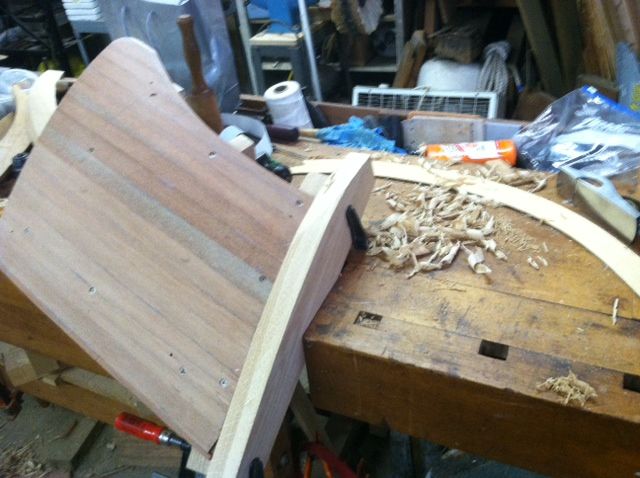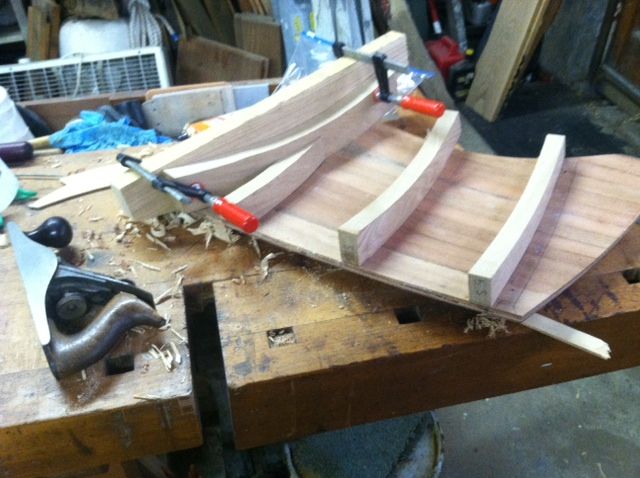I'm posting this here instead of the workshop forum specifically because I'm seeking advice in the context of hand tool use.
I currently have two workbenches, a long (16' or so) one that is basically a butcher block top on base cabinets. It's almost 30 years old, but was really intended for use with power tools and has no end vise. I also have a small 5' x 2' bench with a full width single screw end vise that has terrible racking. I have gradually turned more and more to hand tools over the past several years, a process that has accelerated since I retired almost two years ago. Since the honey-do and daddy-do lists currently include two more kitchens and five full bathrooms I'm now getting completely away from tools with tails. But for my personal pleasure and satisfaction I've turned to attempting some hand tool furniture, so I really need a better suited bench with much better work holding. I plan to cut the long bench back to 8' or so, but keep it mostly as an assembly table.
For my new bench, after reading a number of bench books and pondering the shortcomings of my current ones, I plan to build a Shaker style bench based largely on the one the the Scott Landis book. I'm pretty settled on a front leg vise, but haven't quite decided on the end vise. While I like the look of a traditional one (like I would have using the LN hardware) I can't help but think I might find a wagon vise (like the Benchcrafted hardware) a better choice.
So, I'd really like to hear from users of either type what you consider the pros and cons of your setup. Hopefully I'll even hear from a few who have used both.
Thanks in advance.




 Reply With Quote
Reply With Quote






